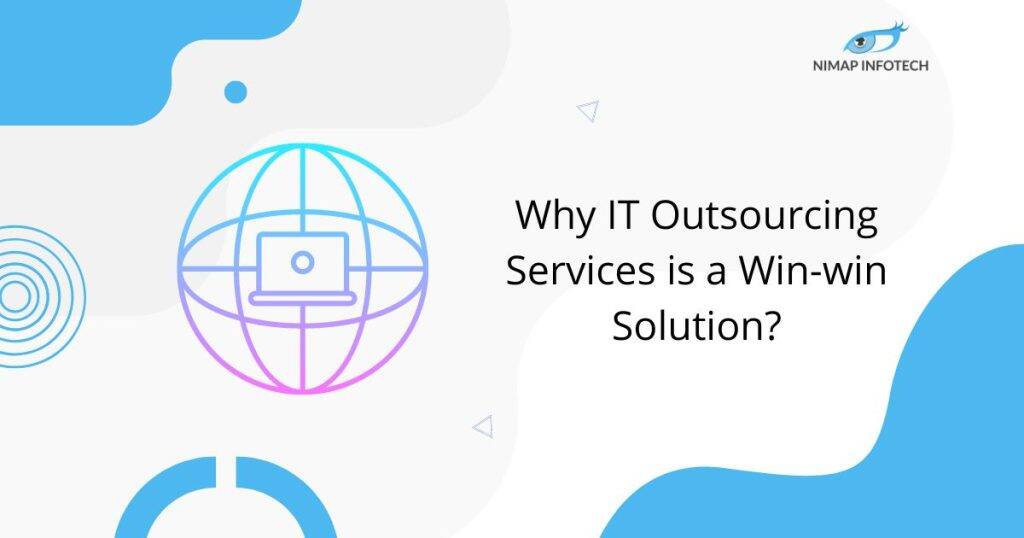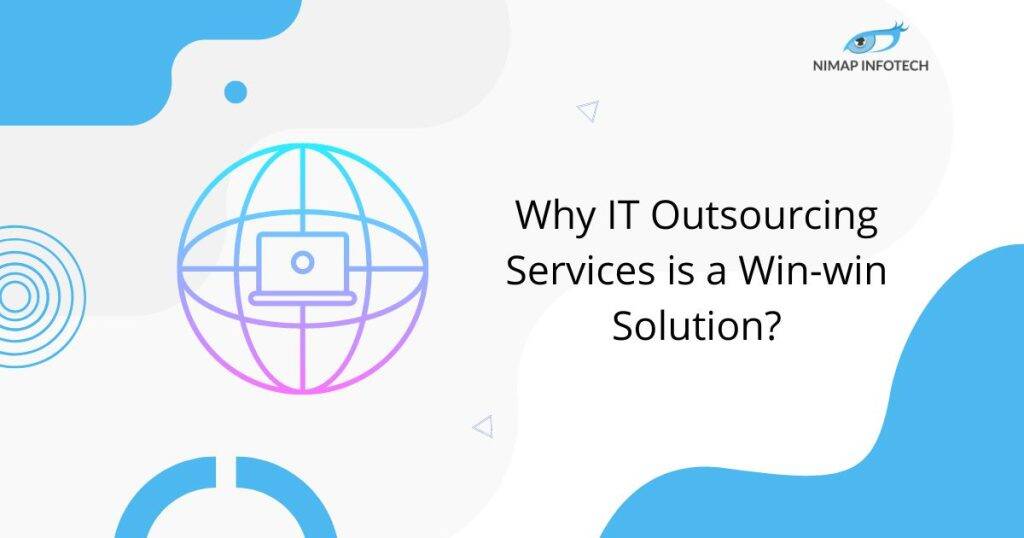OR the door design has utterly failed badly in order to add value to the end-user. The door was designed with a specific UX keeping in mind which was to allow users to open the door and move through it easily. User Experience (UX) is the experience that a user has with every part of a product or service. The specific purpose of the User Experience (UX) design is to be able to firstly create an easy and pleasant experience. Secondly to help the users to achieve their goals.
Many of us think that the UX with UI(User Interface) as the visual design and the interface of a website or a mobile application. UX is nothing but the interface of a user with the UI. User Experience demands a huge amount of testing and research in order to serve its purpose. UX designers must take this point into consideration that the users need. It must be an important role in determining the user experience of a particular UI.
You need to build a carefully crafted experience in order to satisfy the end-users. There are quite a few pitfalls that are faced when designing the User Experience. The following list includes the most common mistakes for avoiding a bad UX.
Planning User Experience at the Beginning of Development
UX design is profoundly and deeply rooted in research about your product users, and your website or your mobile application needs to be tailored to them. UX design is an ongoing process, and you have to carefully and cautiously listen to your end user’s preferences. It’s important to know what they like and dislike and continuously adjust your product according to them.
You may have an initial idea about what your end users are like and that can be a great premise at the beginning of any development process. However, you don’t survey your end-users or run tests, you shall never truly know about what they need. Do not fall into the trap of thinking you know about your users, you will probably never will.
Disconnect with your User
Why do you require a good UX? The short answer is to have a lasting impression!
A longer answer is that you need UX to provide your users with a whole new sense of meaning as well as a personal connection with your product. Meaningful products are able to provide value to end-users so that your product becomes personally significant to that user.
The disconnect occurs when your users experience something from your product based on the limited information that they got from a source, and you fail in order to meet the expectations. Phones are one of the most personal items that people possess, and your product on their device means that your product has a place in their life.
So once again, you need to focus on providing users what they want and being able to offer them real value. Here is a short and quick test that you can do right now. In order to test your connection with the end-user. Write down 3 to 5 benefits that your users get from your end product. How many steps are required for your user to reach those benefits
The lesser the steps the better.
Designing for yourself and NOT the user.
Too often, you design the product for yourself and not the end-user. This is not what the audience wants. Try to separate the personal preferences from the user preferences. Remember, always design the website or mobile app for the end-user who actually use your website or mobile app. Chances are that your users don’t want or need the same things that you do.
If you are looking for customer satisfaction, and want to measure customer satisfaction. You need to make sure that you send in your product feedback request after the user has used your product for a couple of days. Don’t disturb users while they are interacting with your product or website. Do not fall into the trap of thinking your end users will be using the product the same as you do, they never will.
Read More: UI vs UX – Knowing the Difference
Following Your Competition Too Closely
There is some amount of danger to follow your competition too closely. What works for some users might not be able to work for others. You want to differentiate from your competitors and not imitate them. Use what you have learned from them and combine this with your unique idea to give something new to your target users. With the enormous number of apps that are being circulated in the market, you need to stand out by demonstrating your innovation and value delivery.
Overwhelming your user with too much content
You should use your content to add value to your end-user as you are guiding them through your website or mobile application. But this does not mean that most of the content should be on the landing page! You do not want to overwhelm your users with information or features. Because it will either frustrate your user or have a supersaturation effect on them.
Supersaturation occurs when there is just too much information that is presented to the end-users that the audience’s eye “gets used to” to the sensory overload that stops them from absorbing relevant information. You need to keep it simple. Present users with enough information to complete their task, no more information are required
Having an overly complex UI design
Complex UI design can easily serve to destroy the user experience if its confusing or just too simple too much. You should aim to make things usable and pretty but most importantly meaningful. The key with patterns and trends is to find the balance between what looks nice and what value is provided by them. Design the UI first then create the most minimal UI necessary for achieving the UX.
Confusing UI with UX
Often UX and UI are being used interchangeably.
In a way, UI and UX are connected. It is hard to work on one design without considering the other. UX design is more effortless and natural to the end-user. Whereas the UI design relies on more aesthetically pleasing factors of the interface. UX is the structure of the app or website, but the UI is what the user interacts with. Do not fall into the trap of thinking that your app will be able to work great because it looks great
Collecting Feedback Too Soon
Collecting feedback too soon for your product app or website may just backfire. According to studies, it attracts more negative reviews than positive reviews. People just love turning a matter over and over again before they arrive at a conclusion. Let users just go through the full experience before asking for their opinion. If you want fair feedback, then wait for some time. Otherwise, you might just annoy them.
You may also like to know: Difference between Web design and UX design
Conclusion
As you have seen there are various factors to be noted and taken care of for getting a better UI and UX. It is essential that we do not ignore the fact that UI and UX together stand for an improved and seamless experience for the user when using any app or website or software. If you’re looking to hire UI/UX designers for your project then do contact us at enquiry@nimapinfotech.com. You can also hire UI UX Designer in Dubai, UAE. We have the most talented and experienced designers ready to onboard for your business project.
Author
-

Sagar Nagda is the Founder and Owner of Nimap Infotech, a leading IT outsourcing and project management company specializing in web and mobile app development. With an MBA from Bocconi University, Italy, and a Digital Marketing specialization from UCLA, Sagar blends business acumen with digital expertise. He has organically scaled Nimap Infotech, serving 500+ clients with over 1200 projects delivered.
View all posts








